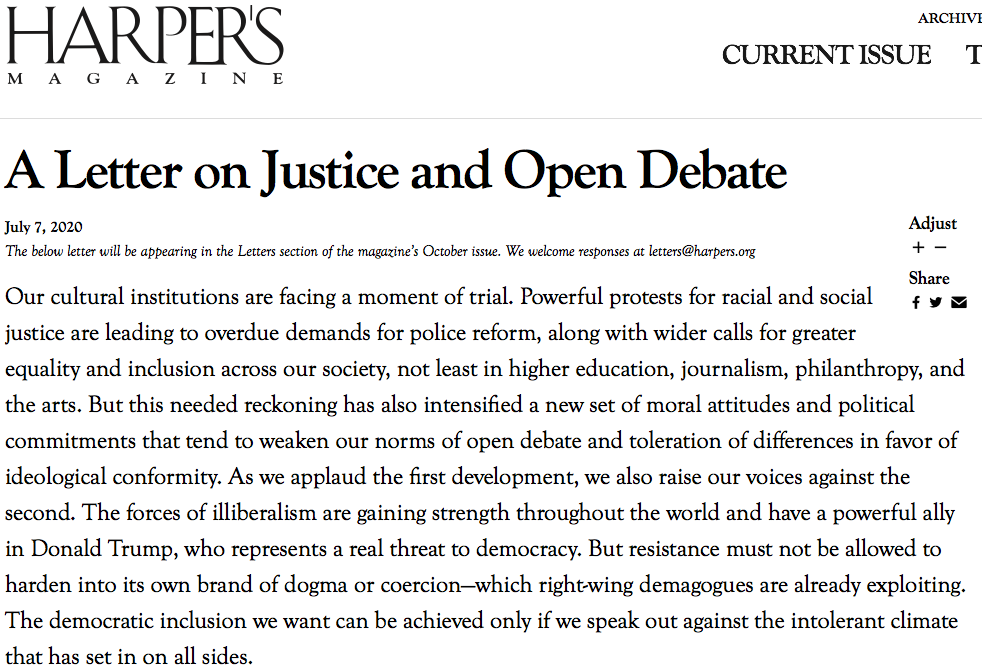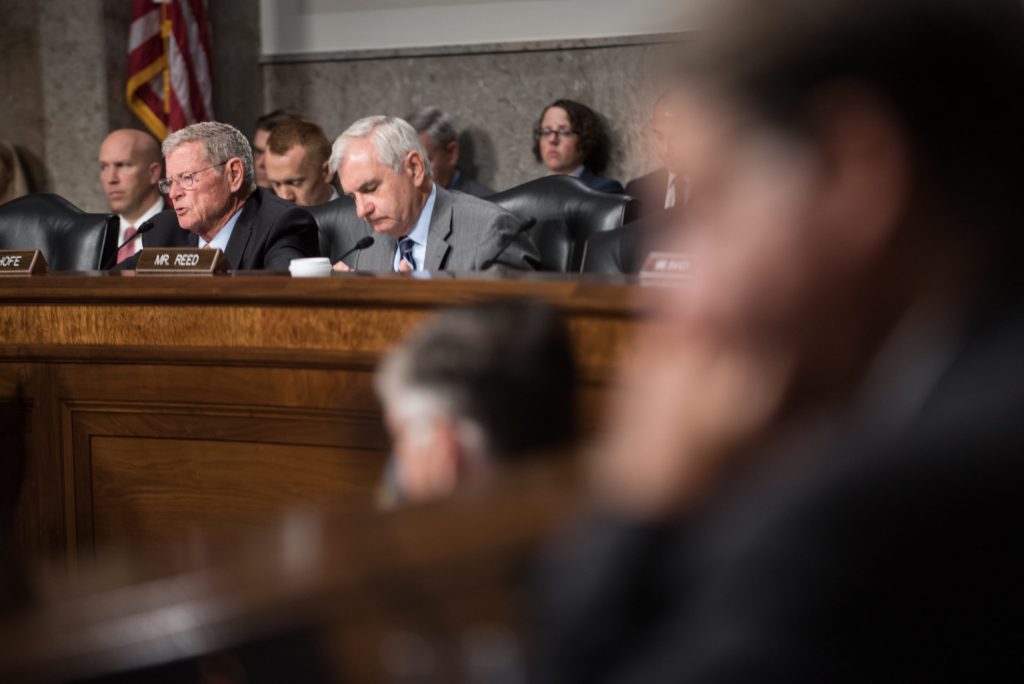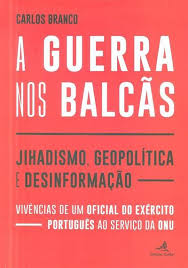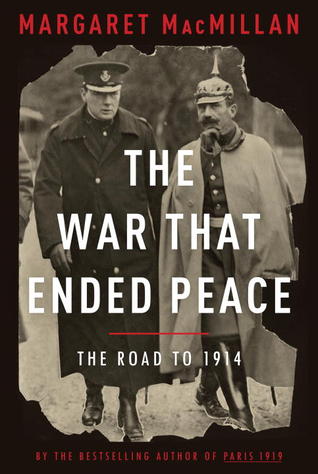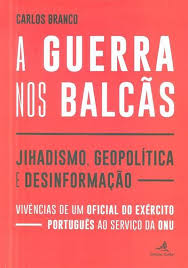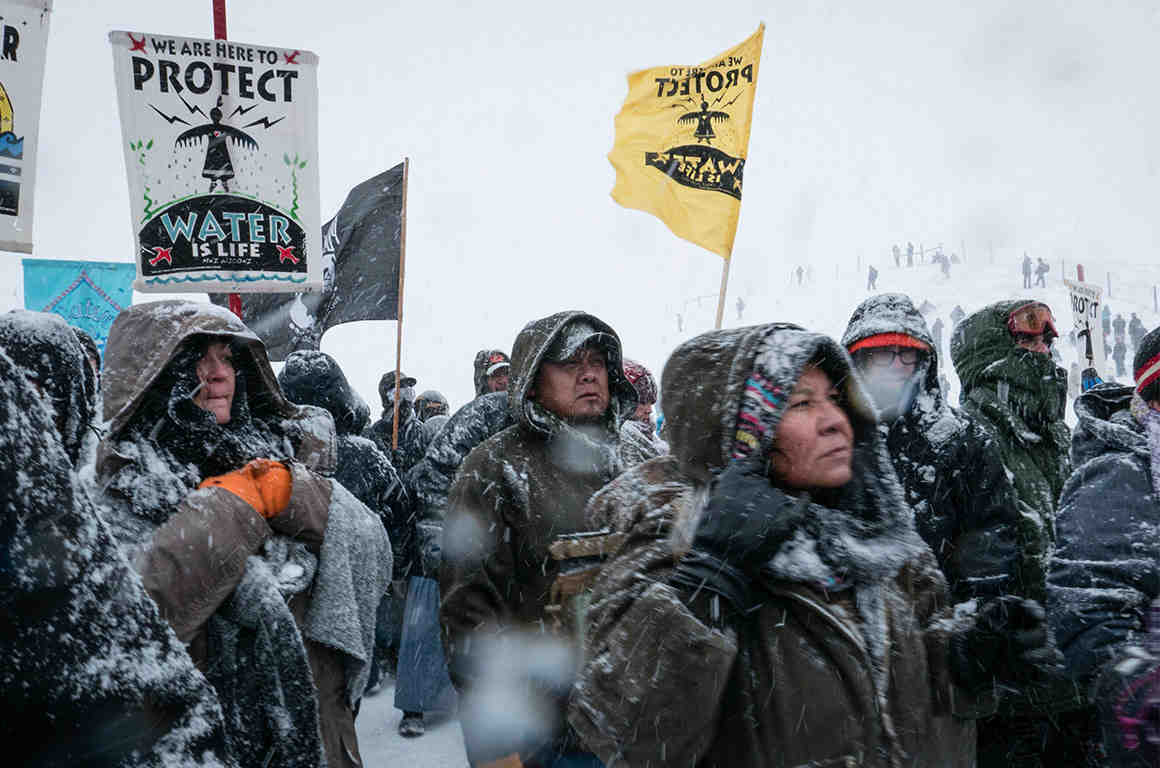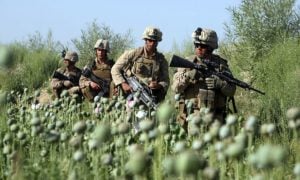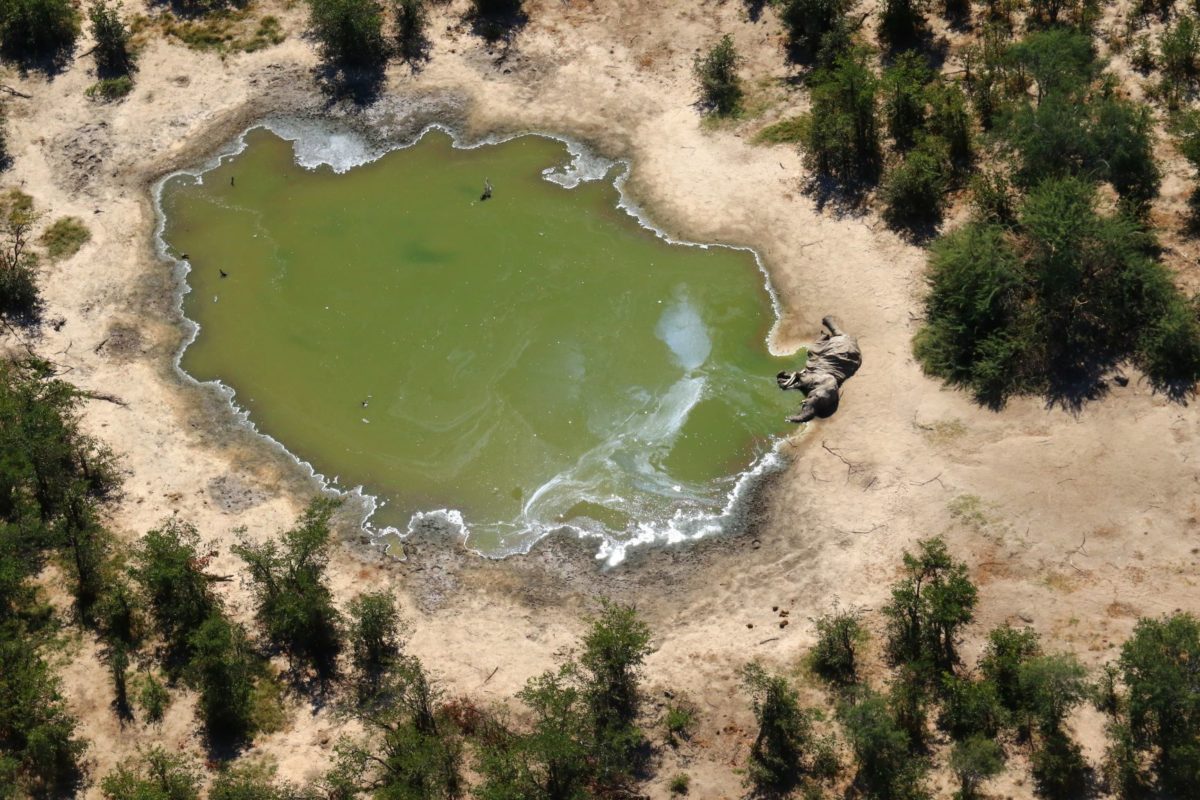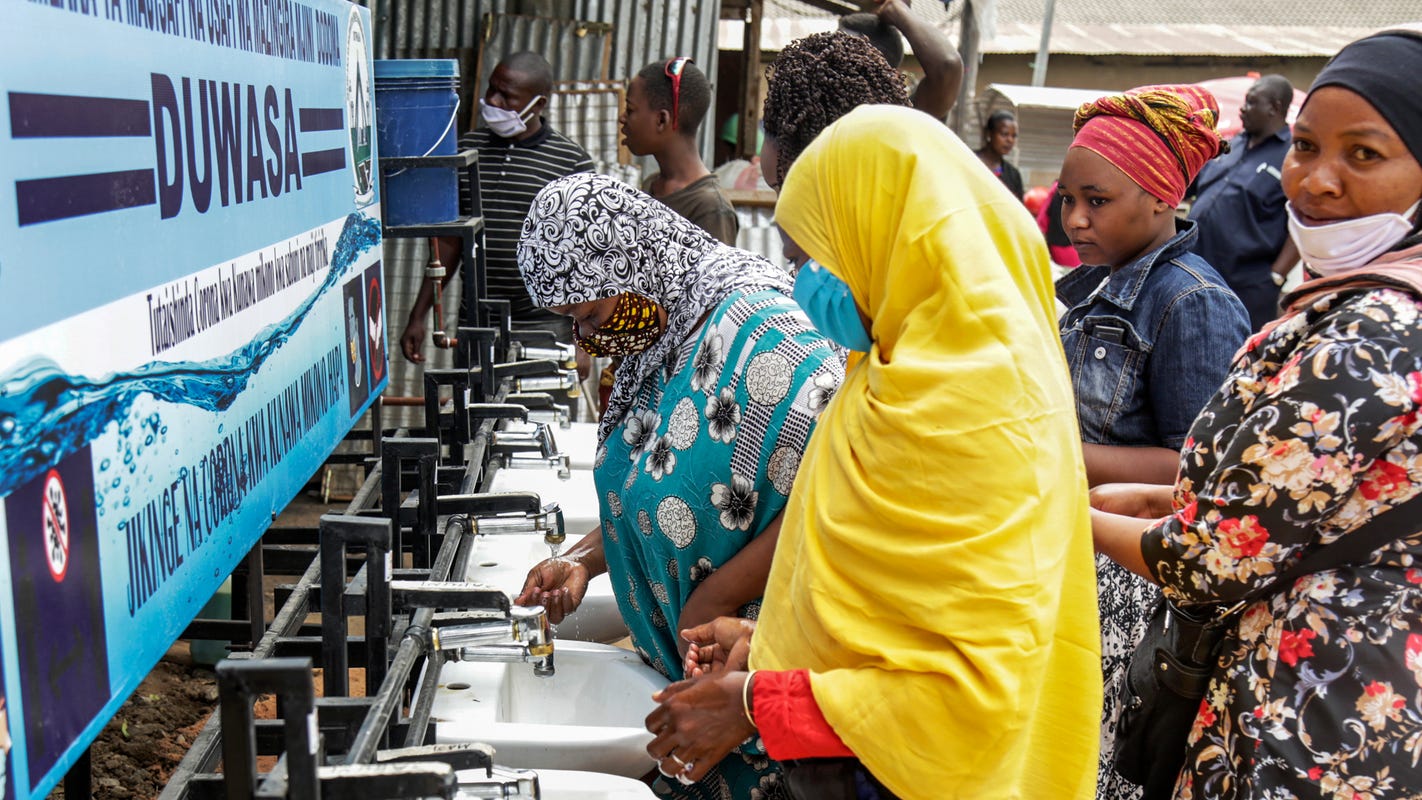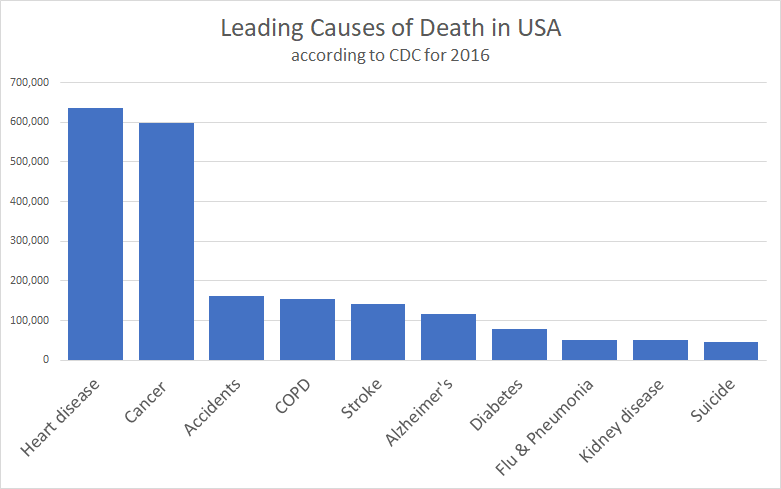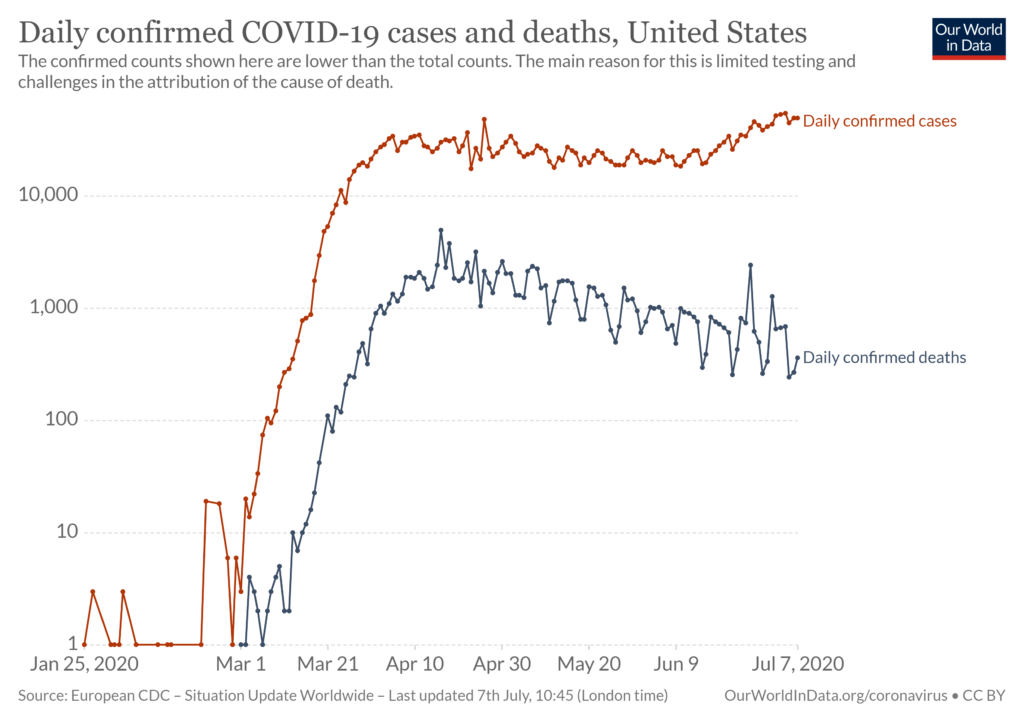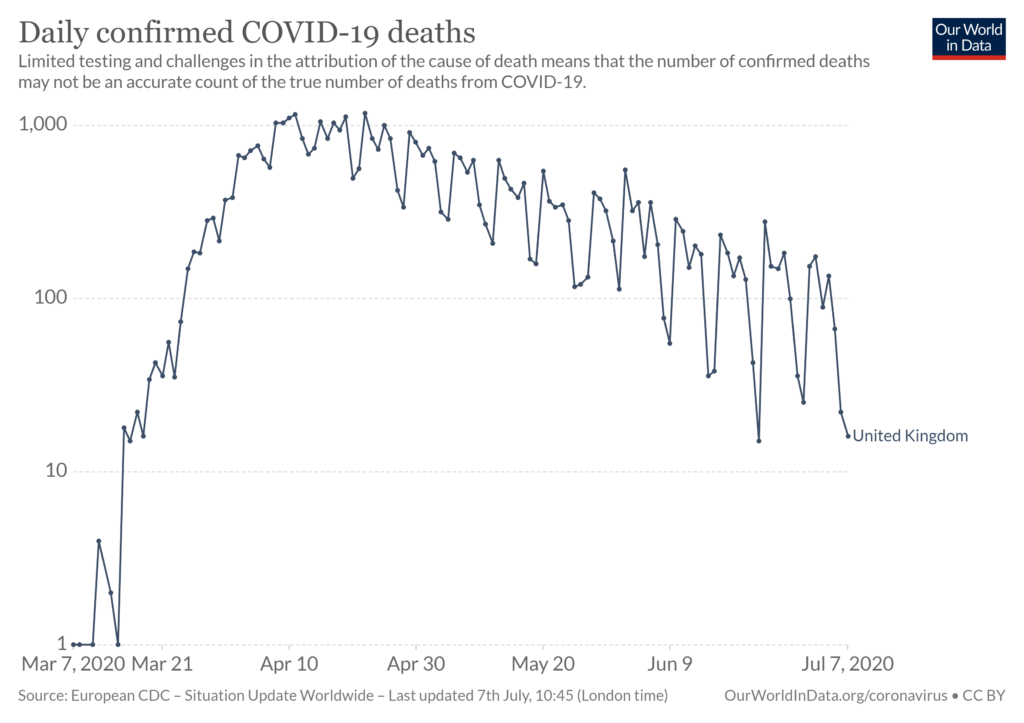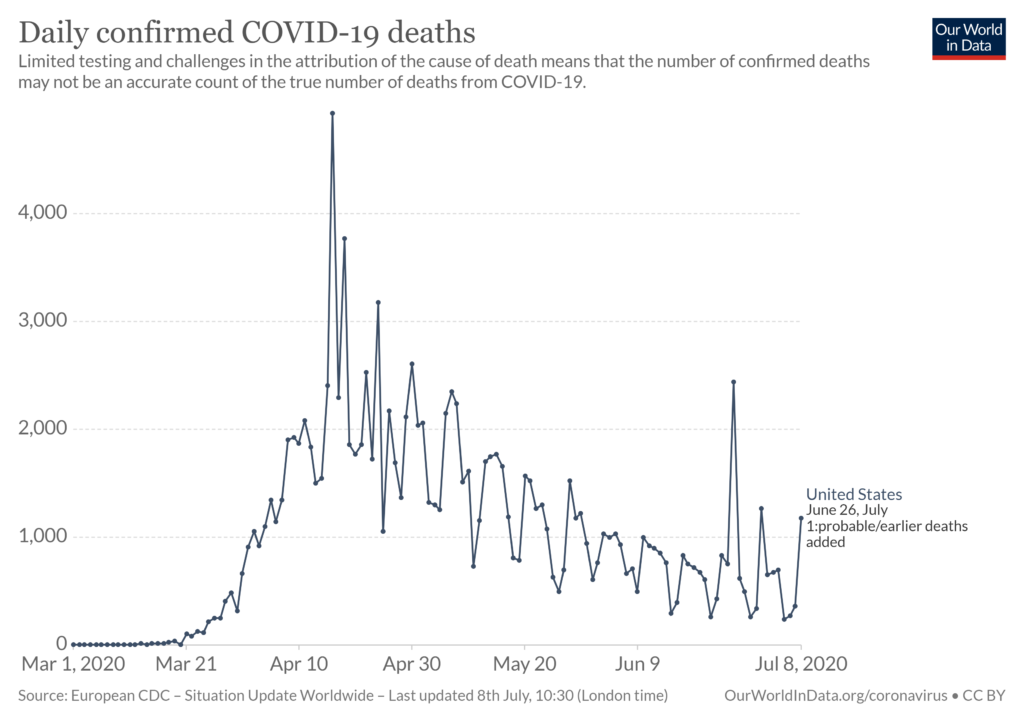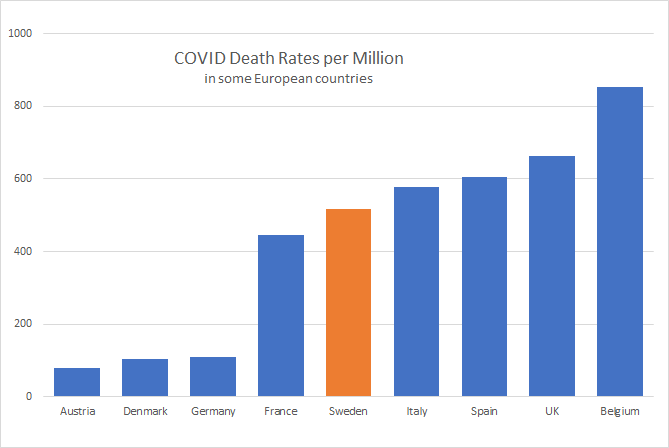This article was first published on December 21, 2012 by Market Oracle and Global Research
A disturbing trend in the water sector is accelerating worldwide. The new “water barons” — the Wall Street banks and elitist multibillionaires — are buying up water all over the world at unprecedented pace.
Familiar mega-banks and investing powerhouses such as Goldman Sachs, JP Morgan Chase, Citigroup, UBS, Deutsche Bank, Credit Suisse, Macquarie Bank, Barclays Bank, the Blackstone Group, Allianz, and HSBC Bank, among others, are consolidating their control over water. Wealthy tycoons such as T. Boone Pickens, former President George H.W. Bush and his family, Hong Kong’s Li Ka-shing, Philippines’ Manuel V. Pangilinan and other Filipino billionaires, and others are also buying thousands of acres of land with aquifers, lakes, water rights, water utilities, and shares in water engineering and technology companies all over the world.
The second disturbing trend is that while the new water barons are buying up water all over the world, governments are moving fast to limit citizens’ ability to become water self-sufficient (as evidenced by the well-publicized Gary Harrington’s case in Oregon, in which the state criminalized the collection of rainwater in three ponds located on his private land, by convicting him on nine counts and sentencing him for 30 days in jail). Let’s put this criminalization in perspective:
Billionaire T. Boone Pickens owned more water rights than any other individuals in America, with rights over enough of the Ogallala Aquifer to drain approximately 200,000 acre-feet (or 65 billion gallons of water) a year. But ordinary citizen Gary Harrington cannot collect rainwater runoff on 170 acres of his private land.
It’s a strange New World Order in which multibillionaires and elitist banks can own aquifers and lakes, but ordinary citizens cannot even collect rainwater and snow runoff in their own backyards and private lands.
“Water is the oil of the 21st century.” Andrew Liveris, CEO of DOW Chemical Company (quoted in The Economist magazine, August 21, 2008)
In 2008, I wrote an article,
“Why Big Banks May Be Buying up Your Public Water System,” in which I detailed how both mainstream and alternative media coverage on water has tended to focus on individual corporations and super-investors seeking to control water by buying up water rights and water utilities. But paradoxically the hidden story is a far more complicated one. I argued that the real story of the global water sector is a convoluted one involving “interlocking globalized capital”: Wall Street and global investment firms, banks, and other elite private-equity firms — often transcending national boundaries to partner with each other, with banks and hedge funds, with technology corporations and insurance giants, with regional public-sector pension funds, and with sovereign wealth funds — are moving rapidly into the water sector to buy up not only water rights and water-treatment technologies, but also to privatize public water utilities and infrastructure.
Now, in 2012, we are seeing this trend of global consolidation of water by elite banks and tycoons accelerating. In a JP Morgan equity research document, it states clearly that “Wall Street appears well aware of the investment opportunities in water supply infrastructure, wastewater treatment, and demand management technologies.” Indeed, Wall Street is preparing to cash in on the global water grab in the coming decades. For example, Goldman Sachs has amassed more than $10 billion since 2006 for infrastructure investments, which include water. A 2008 New York Times article mentioned Goldman Sachs, Morgan Stanley, Credit Suisse, Kohlberg Kravis Roberts, and the Carlyle Group, to have “amassed an estimated an estimated $250 billion war chest — must of it raised in the last two years — to finance a tidal wave of infrastructure projects in the United States and overseas.”
By “water,” I mean that it includes water rights (i.e., the right to tap groundwater, aquifers, and rivers), land with bodies of water on it or under it (i.e., lakes, ponds, and natural springs on the surface, or groundwater underneath), desalination projects, water-purification and treatment technologies (e.g., desalination, treatment chemicals and equipment), irrigation and well-drilling technologies, water and sanitation services and utilities, water infrastructure maintenance and construction (from pipes and distribution to all scales of treatment plants for residential, commercial, industrial, and municipal uses), water engineering services (e.g., those involved in the design and construction of water-related facilities), and retail water sector (such as those involved in the production, operation, and sales of bottled water, water vending machines, bottled water subscription and delivery services, water trucks, and water tankers).
Update of My 2008 Article: Mega-Banks See Water as a Critical Commodity
Since 2008, many giant banks and super-investors are capturing more market share in the water sector and identifying water as a critical commodity, much hotter than petroleum.
Goldman Sachs: Water Is Still the Next Petroleum
In 2008, Goldman Sachs called water “the petroleum for the next century” and those investors who know how to play the infrastructure boom will reap huge rewards, during its annual “Top Five Risks” conference. Water is a U.S.$425 billion industry, and a calamitous water shortage could be a more serious threat to humanity in the 21st century than food and energy shortages, according to Goldman Sachs’s conference panel. Goldman Sachs has convened numerous conferences and also published lengthy, insightful analyses of water and other critical sectors (food, energy).
Goldman Sachs is positioning itself to gobble up water utilities, water engineering companies, and water resources worldwide. Since 2006, Goldman Sachs has become one of the largest infrastructure investment fund managers and has amassed a $10 billion capital for infrastructure, including water.
In March 2012, Goldman Sachs was eyeing Veolia’s UK water utility business, estimated at £1.2 billion, and in July it successfully bought Veolia Water, which serves 3.5 million people in southeastern England.
Previously, in September 2003, Goldman Sachs partnered with one of the world’s largest private-equity firm Blackstone Group and Apollo Management to acquire Ondeo Nalco (a leading company in providing water-treatment and process chemicals and services, with more than 10,000 employees and operations in 130 countries) from French water corporation Suez S.A. for U.S.$4.2 billion.
In October 2007, Goldman Sachs teamed up with Deutsche Bank and several partners to bid, unsuccessfully, for U.K.’s Southern Water. In November 2007, Goldman Sachs was also unsuccessful in bidding for U.K. water utility Kelda. But Goldman Sachs is still looking to buy other water utilities.
In January 2008, Goldman Sachs led a team of funds (including Liberty Harbor Master Fund and the Pinnacle Fund) to buy U.S.$50 million of convertible notes in China Water and Drinks Inc., which supplies purified water to name-brand vendors like Coca-Cola and Taiwan’s top beverage company Uni-President. China Water and Drinks is also a leading producer and distributor of bottled water in China and also makes private-labeled bottled water (e.g., for Sands Casino, Macau). Since China has one of the worse water problems in Asia and a large emerging middle class, its bottled-water sector is the fastest-growing in the world and it’s seeing enormous profits. Additionally, China’s acute water shortages and serious pollution could “buoy demand for clean water for years to come, with China’s $14.2 billion water industry a long-term investment destination” (Reuters, January 28, 2008).
The City of Reno, Nevada, was approached by Goldman Sachs for “a long-term asset leasing that could potentially generate significant cash for the three TMWA [Truckee Meadows Water Authority] entities. The program would allow TMWA to lease its assets for 50 years and receive an up-front cash payment” (Reno News & Review, August 28, 2008). Essentially, Goldman Sachs wants to privatize Reno’s water utility for 50 years. Given Reno’s revenue shortfall, this proposal was financially attractive. But the water board eventually rejected the proposal due to strong public opposition and outcry.
Citigroup: The Water Market Will Soon Eclipse Oil, Agriculture, and Precious Metals
Citigroup’s top economist Willem Buitler said in 2011 that the water market will soon be hotter the oil market (for example, see this and this):
“Water as an asset class will, in my view, become eventually the single most important physical-commodity based asset class, dwarfing oil, copper, agricultural commodities and precious metals.”
In its recent 2012 Water Investment Conference, Citigroup has identified top 10 trends in the water sector, as follows:
1. Desalination systems
2. Water reuse technologies
3. Produced water / water utilities
4. Membranes for filtration
5. Ultraviolet (UV) disinfection
6. Ballast-water treatment technologies
7. Forward osmosis used in desalination
8. Water-efficiency technologies and products
9. Point-of-use treatment systems
10. Chinese competitors in water
Specifically, a lucrative opportunity in water is in hydraulic fracturing (or fracking), as it generates massive demand for water and water services. Each oil well developed requires 3 to 5 million gallons of water, and 80% of this water cannot be reused because it’s three to 10 times saltier than seawater. Citigroup recommends water-rights owners sell water to fracking companies instead of to farmers because water for fracking can be sold for as much as $3,000 per acre-foot instead of only $50 per acre/foot to farmers.
The ballast-water treatment sector, currently at $1.35 billion annually, is estimated to reach $30 to $50 billion soon. The water-filtration market is expected to outgrow the water-equipment market: Dow estimates it to be a $5 billion market annually instead of only $1 billion now.
Citigroup is aggressively raising funds for its war chest to participate in the coming tidal wave of infrastructure privatization: in 2007 it established a new unit called Citi Infrastructure Investors through its Citi Alternative Investments unit. According to Reuters, Citigroup “assembled some of the biggest names in the infrastructure business at the same time it is building a $3 billion fund, including $500 million of its own capital. The fund, according to a person familiar with the situation, will have only a handful of outside investors and will be focused on assets in developed markets” (May 16, 2007). Citigroup initially sought only U.S.$3 billion for its first infrastructure fund but was seeking U.S.$5 billion in April 2008 (Bloomberg, April 7, 2008).
Citigroup partnered with HSBC Bank, Prudential, and other minor partners to acquire U.K.’s water utility Kelda (Yorkshire Water) in November 2007. This week, Citigroup signed a 99-year lease with the City of Chicago for Chicago’s Midway Airport (it partnered with John Hancock Life Insurance Company and a Canadian private airport operator). Insiders said that Citigroup is among those bidding for the state-owned company Letiste Praha which operates the Prague Airport in the Czech Republic (Bloomberg, February 7, 2008).
As the five U.K. water utility deals illustrate, typically no one single investment bank or private-equity fund owns the entire infrastructure project — they partner with many others. The Citigroup is now entering India’s massive infrastructure market by partnering the Blackstone Group and two Indian private finance companies; they have launched a U.S.$5 billion fund in February 2007, with three entities (Citi, Blackstone, and IDFC) jointly investing U.S.$250 million. India requires about U.S.$320 billion in infrastructure investments in the next five years (The Financial Express, February 16, 2007).
UBS: Water Scarcity Is the Defining Crisis of the 21st Century
In 2006, UBS Investment Research, a division of Switzerland-based UBS AG, Europe’s largest bank by assets, entitled its 40-page research report, “Q-Series®:Water”—“Water scarcity: The defining crisis of the 21st century?” (October 10, 2006) In 2007, UBS, along with JP Morgan and Australia’s Challenger Fund, bought UK’s Southern Water for £4.2biillion.
Credit Suisse: Water Is the “Paramount Megatrend of Our Time”
Credit Suisse published its report about Credit Suisse Water Index (January 21, 2008) urged investors that “One way to take advantage of this trend is to invest in companies geared to water generation, preservation, infrastructure treatment and desalination. The Index enables investors to participate in the performance of the most attractive companies….” The trend in question, according to Credit Suisse, is the “depletion of freshwater reserves” attributable to “pollution, disappearance of glaciers (the main source of freshwater reserves), and population growth, water is likely to become a scarce resource.”
Credit Suisse recognizes water to be the “paramount megatrend of our time” because of a water-supply crisis might cause “severe societal risk” in the next 10 years and that two-thirds of the world’s population are likely to live under water-stressed conditions by 2025. To address water shortages, it has identified desalination and wastewater treatment as the two most important technologies. Three sectors for good investments include the following:
§ Membranes for desalination and wastewater treatment
§ Water infrastructure — corrosion resistance, pipes, valves, and pumps
§ Chemicals for water treatment
It also created the Credit Suisse Water Index which has the equally weighed index of 30 stocks out of 128 global water stocks. For investors, it offered “Credit Suisse PL100 World Water Trust (PL100 World Water),” launched in June 2007, with $112.9 million.
Credit Suisse partnered with General Electric (GE Infrastructure) in May 2006 to establish a U.S.$1 billion joint venture to profit from privatization and investments in global infrastructure assets. Each partner will commit U.S.$500 million to target electricity generation and transmission, gas storage and pipelines, water facilities, airports, air traffic control, ports, railroads, and toll roads worldwide. This joint venture has estimated that the developed market’s infrastructure opportunities are at U.S.$500 billion, and emerging world’s infrastructure market is U.S.$1 trillion in the next five years (Credit Suisse’s press release, May 31, 2006).
In October 2007, Credit Suisse partnered with Cleantech Group (a Michigan-based market-research, consulting, media, and executive-search firm that operates cleantech forums) and Consensus Business Group (a London-based equity firm owned by U.K. billionaire Vincent Tchenguiz) to invest in clean technologies worldwide. The technologies will also clean water technologies.
During its Asian Investment Conference, it said that “Water is a focus for those in the know about global strategic commodities. As with oil, the supply is finite but demand is growing by leaps and unlike oil there is no alternative.” (Credit Suisse, February 4, 2008). Credit Suisse sees the global water market with U.S.$190 billion in revenue in 2005 and was expected to grow to U.S.$342 billion by 2010. It sees most significant growth opportunities in China.
JPMorgan Chase: Build Infrastructure War Chests to Buy Water, Utilities, and Public Infrastructure Worldwide
One of the world’s largest banks, JPMorgan Chase has aggressively pursued water and infrastructure worldwide. In October 2007, it beat out rivals Morgan Stanley and Goldman Sachs to buy U.K.’s water utility Southern Water with partners Swiss-based UBS and Australia’s Challenger Infrastructure Fund. This banking empire is controlled by the Rockefeller family; the family patriarch David Rockefeller is a member of the elite and secretive Bilderberg Group, Council on Foreign Relations, and Trilateral Commission.
JPMorgan sees infrastructure finance as a global phenomenon, and it is joined by its global peers in investment and banking institution in their rush to cash in on water and infrastructure. JPMorgan’s own analysts estimate that the emerging markets’ infrastructure is approximately U.S.$21.7 trillion over the next decade.
JPMorgan created a U.S.$2 billion infrastructure fund to go after India’s infrastructure projects in October 2007. The targeted projects are transportation (roads, bridges, railroads) and utilities (gas, electricity, water). India’s finance minister has been estimated that India requires about U.S.$500 billion in infrastructure investments by 2012. In this regard, JPMorgan is joined by Citigroup, the Blackstone Group, 3i Group (Europe’s second-largest private-equity firm), and ICICI Bank (India’s second-largest bank) (International Herald Tribune, October 31, 2007). Its JPMorgan Asset Management has also established an Asian Infrastructure & Related Resources Opportunity Fund which held a first close on U.S.$500 million (€333 million) and will focus on China, India, and other Southern Asian countries, with the first two investments in China and India (Private Equity Online, August 11, 2008). The fund’s target is U.S.$1.5 billion.
JPMorgan’s Global Equity Research division also published a 60-page report called “Watch water: A guide to evaluating corporate risks in a thirsty world” (April 1, 2008).
In 2010, J.P. Morgan Asset Management and Water Asset Management led a $275 million buyout bid for SouthWest Water.
Allianz Group: Water Is Underpriced and Undervalued
Founded in 1890, Germany’s Allianz Group is one of the leading global services providers in insurance, banking, and asset management in about 70 countries. In April 2008, Allianz SE launched the Allianz RCM Global Water Fund which invests in equity securities of water-related companies worldwide, emphasizing long-term capital appreciation. Alliance launched its Global EcoTrends Fund in February 2007 (Business Wire, February 7, 2007).
Allianz SE’s Dresdner Bank AG told its investors that “Investments in water offer opportunities: Rising oil prices obscure our view of an even more serious scarcity: water. The global water economy is faced with a multi-billion dollar need for capital expenditure and modernization. Dresdner Bank sees this as offering attractive opportunities for returns for investors with a long-term investment horizon.” (Frankfurt, August 14, 2008)
Like Goldman Sachs, Allianz has the philosophy that water is underpriced. A co-manager of the Water Fund in Frankfurt, said, “A key issue of water is that the true value of water is not recognized. …Water tends to be undervalued around the world. …Perhaps that is one of the reasons why there are so many places with a lack of supply due to a lack of investment. With that in mind, it makes sense to invest in companies that are engaged in improving water quality and infrastructure.” Allianz sees two key investment drivers in water: (1) upgrading the aging infrastructure in the developed world; and (2) new urbanization and industrialization in developing countries such as China and India.
Barclays PLC: Water Index Funds and Exchange-Traded Funds
Barclays PLC is a U.K.-based major global financial services provider operating in all over the world with roots in London since 1690; it operates through its subsidiary Barclays Bank PLC and its investment bank called Barclays Capital.
Barclays Bank’s unit Barclays Global Investors manages an exchange-traded fund (ETF) called iShares S&P Global Water, which is listed on the London Stock Exchanges and can be purchased like any ordinary share through a broker. Touting the iShares S&P Global Water as offering “a broad based exposure to shares of the world’s largest water companies, including water utilities and water equipment stocks” of water companies around the world, this fund as of March 31, 2007 was valued at U.S.$33.8 million.
Barclays also have a climate index fund: launched on January 16, 2008, SAM Indexes GmbH licensed its Dow Jones Sustainability Index to Barclays Capital for investors in Germany and Switzerland. Many other banks also have a climate index or sustainability index.
In October 2007, Barclays Capital also partnered with Protected Distribution Limited (PDL) to launch a new water investment fund (with expected annual returns of 9% to 11%) called Protected Water Fund. This new fund, listed in the Isle of Man, requires a minimum of £10,000 and is structured as a 10-year investment with Barclays Bank providing 100% of capital protection until maturity on October 11, 2017. The Protected Water Fund will be invested in some of the world’s largest water companies; its investment decisions will be made based on an index created by Barclays Capital, the Barclays World Water Strategy, which charts the performance of some of the world’s largest water-related stocks (Investment Week and Reuters, October 11, 2007; Business Week, October 15, 2007).
Deutsche Bank’s €2 Billion Investment in European Infrastructure: “Megatrend” in Water, Climate, Infrastructure, and Agribusiness Investments
Deutsche Bank is one of the major players in the water sector worldwide. Its Deutsche Bank Advisors have identified water as a part of the climate investment strategies. In its presentation, “Global Warming: Implications for Investors,” they have identified the four following major areas for water investment:
§ Distribution and management: (1) Supply and recycling, (2) water distribution and sewage, (3) water management and engineering.
§ Water purification: (1) Sewage purification, (2) disinfection, (3) desalination, (4) monitoring.
§ Water efficiency (demand): (1) Home installation, (2) gray-water recycling, (3) water meters.
§ Water and nutrition: (1) Irrigation, (2) bottled water.
In addition to water, the other two new resources identified were agribusiness (e.g., pesticides, genetically modified seeds, mineral fertilizers, agricultural machinery) and renewable energies (e.g., solar, wind, hydrothermal, biomass, hydroelectricity).
The Deutsche Bank has established an investment fund of up to €2 billion in European infrastructure assets using its Structured Capital Markets Group (SCM), part of the bank’s Global Markets division. The bank already has several “highly attractive infrastructure assets,” including East Surrey Holdings, the owner of U.K.’s water utility Sutton & East Surrey Water (Deutsche Bank press release, September 22, 2006).
Moreover, Deutsche Bank has channeled €6 billion (U.S.$8.55 billion) into climate change funds, which will target companies with products that cut greenhouse gases or help people adapt to a warmer world, in sectors from agriculture to power and construction (Reuters, October 18, 2007).
In addition to SCM, Deutsche Bank also has the RREEF Infrastructure, part of RREEF Alternative Investments, headquartered in New York with main hubs in Sydney, Singapore, and London. RREEF Infrastructure has more than €6.7 billion in assets under management. One of its main targets is utilities, including electricity networks, water-treatment or distribution operations, and natural-gas networks. In October 2007, RREEF partnered with Goldman Sachs, GE, Prudential, and Babcok & Brown Ltd. to bid unsuccessfully for U.K.’s water utility Southern Water.
§ Crediting the boom in European infrastructure investment, the RREEF fund by August 2007 had raised €2 billion (U.S.$2.8 billion); Europe’s infrastructure market is valued at between U.S.$4 trillion to U.S.$6 trillion (DowJones Financial News Online, August 7, 2007).
§ Bulgaria — Deutsche Bank Bulgaria is planning to participate in large infrastructure projects, including public-private partnership projects in water and sewage worth up to €1 billion (Sofia Echo Media, February 26, 2008).
§ Middle East — Along with Ithmaar Bank B.S.C. (an private-equity investment bank in Bahrain), Deutsche Bank co-managed a U.S.$2 billion Shari’a-compliant Infrastructure and Growth Capital Fund and plans to target U.S.$630 billion in regional infrastructure.
Deutsche Bank AG is co-owner of Aqueduct Capital (UK) Limited which in 2006 offered to buy U.K.’s sixth-largest water utility Sutton and East Surrey Water plc from British tycoon Guy Hand. According to an OFWAT consultation paper (May 2007), Deutsche Bank formed this new entity, Aqueduct Capital (short for ACUK), in October 2005, with two public pension funds in Canada, Singapore’s life insurance giant, and a Canadian province’s investment fund, among others. This case, again, is an illustration of the complex nature of ownership of water utilities today, with various types of institutions crossing national boundaries to partner with each other to hold a stake in the water sector. With its impressive war chest dedicated to water, food, and infrastructure, Deutsche Bank is expected to become a major player in the global water sector.
Other Mega-Banks Eyeing Water as Hot Investment
Merrill Lynch (before being bought by Bank of America) issued a 24-page research report titled “Water scarcity; a bigger problem than assumed” (December 6, 2007). ML said that water scarcity is “not limited to arid climates.”
Morgan Stanley in its publication, “Emerging Markets Infrastructure: Just Getting Started” (April 2008) recommends three areas of investment opportunities in water: water utilities, global operators (such as Veolia Environment), and technology companies (such as those that manufacture membranes and chemicals used in water treatment to the water industry).
Mutual Funds and Hedge Funds Join the Action in Water
Water investment funds are on the rise, such as these four well-known water-focused mutual funds:
1. Calvert Global Water Fund (CFWAX) — $42 million in assets as of 2010, which holds 30% of its assets in water utilities, 40% in infrastructure companies, and 30% in water technologies. Also between 65% to 70% of the water stocks derived more than 50% of their revenue from water-related activities.
2. Allianz RCM Global Water Fund (AWTAX) — $54 million assets as of 2010, most of it invested in water utilities.
3. PFW Water Fund (PFWAX) — $17 million in assets as of 2010, with a minimum investment of $2,500, with 80% invested in water-related companies….
4. Kinetics Water Infrastructure Advantaged Fund (KWIAX) — $26 million in assets as of 2010, with a minimum investment of $2,500.
This is a brief list of water-centered hedge funds:
§ Master Water Equity Fund — Summit Global AM (United States)
§ Water Partners Fund — Aqua Terra AM (United States)
§ The Water Fund — Terrapin AM (United States)
§ The Reservoir Fund — Water AM (United States)
§ The Oasis Fund — Perella Weinberg AM (United States)
§ Signina Water Fund — Signina Capital AG (Switzerland)
§ MFS Water Fund of Funds — MFS Aqua AM (Australia)
§ Triton Water Fund of Funds — FourWinds CM (United States)
§ Water Edge Fund of Funds — Parker Global Strategies LLC (United States)
Other banks have launched water-targeted investment funds. Several well-known specialized water funds include Pictet Water Fund, SAM Sustainable Water Fund, Sarasin Sustainable Water Fund, Swisscanto Equity Fund Water, and Tareno Waterfund. Several structured water products offered by major investment banks include ABN Amro Water Stocks Index Certificate, BKB Water Basket, ZKB Sustainable Basket Water, Wagelin Water Shares Certificate, UBS Water Strategy Certificate, and Certificate on Vontobel Water Index. There are also several water indexes and index funds, as follows:
Credit Suisse Water Index
HSBC Water, Waste, and Pollution Control Index
Merrill Lynch China Water Index
S&P Global Water Index
First Trust ISE Water Index Fund (FIW)
International Securities Exchange’s ISE-B&S Water Index
The following is a small sample of other water funds and certificates (not exhaustive of the current range of diverse water products available):
Allianz RCM Global EcoTrends Fund
Allianz RCM Global Water Fund
UBS Water Strategy Certificate—it has a managed basket of 25 international stocks
Summit Water Equity Fund
Maxxwater Global Water Fund
Claymore S&P Global Water ETF (CGW)
Barclays Global Investors’ iShares S&P Global Water
Barclays and PDL’s Protected Water Fund based on Barclays World Water Strategy
Invesco’s PowerShares Water Resources Portfolio ETF (PHO)
Invesco’s PowerShares Global Water (PIO)
Pictet Asset Management’s Pictet Water Fund and Pictet Water Opportunities Fund
Canadian Imperial Bank of Commerce’s Water Growth Deposit Notes
Criterion Investments Limited’s Criterion Water Infrastructure Fund
One often-heard reason for the investment banks’ rush to control of water is that “Utilities are viewed as relatively safe assets in an economic downturn so [they] are more isolated than most from the global credit crunch, initially sparked by concerns over U.S. subprime mortgages” (Reuters, October 9, 2007). A London-based analyst at HSBC Securities told Bloomberg News that water is a good investment because “You’re buying something that’s inflation proof and there’s no threat to earnings really. It’s very stable and you can sell it any time you want” (Bloomberg, October 8, 2007).
More Pension Funds Investing in Water
Many pension funds have entered the water sector as a relatively safe sector for investment. For example, BT Pension Scheme (of British Telecom plc) has bought stakes in Thames Water in 2012, while Canadian pension funds CDPQ (Caisse de dépôt et placement du Québec, which manages public pension funds in Québec) and CPPIB (Canada Pension Plan Investment Board) have acquired England’s South East Water and Anglian Water, respectively, as reported by Reuters this year.
Sovereign Wealth Investment Funds Jumping into Water
In January 2012, China Investment Corporation has bought 8.68% stakes in Thames Water, the largest water utility in England, which serves parts of the Greater London area, Thames Valley, and Surrey, among other areas.
In November 2012, One of the world’s largest sovereign wealth funds, the Abu Dhabi Investment Authority (ADIA), also purchased 9.9% stake in Thames Water.
Billionaires Sucking up Water Globally: George H.W. Bush and Family, Li Ka-shing, the Filipino Billionaires, and Others
Not only are the mega-banks investing heavily in water, the multibillionaire tycoons are also buying water.
Update on Hong Kong Multibillionaire Li Ka-shing’s Water Acquisition
In summer 2011, the Hong Kong multibillionaire tycoon Li Ka-shing who owns Cheung Kong Infrastructure (CKI), bought Northumbrian Water, which serves 2.6 million people in northeastern England, for $3.9 billion (see this and this).
CKI also sold Cambridge Water for £74 million to HSBC in 2011. Not satisfied with controlling the water sector, in 2010, CKI with a consortium bought EDF’s power networks in UK for £5.8 billion.
Li is now also collaborating with Samsung on investing in water treatment.
Warren Buffet Buys Nalco, a Chemical Maker and Water Process Technology Company
Through his Berkshire Hathaway, Warren Buffet is the largest institutional investor of Nalco Holding Co. (NLC), a subsidiary of Ecolab, with 9 million shares. Nalco was named 2012 Water Technology Company of the Year. Nalco manufactures treatment chemicals and water treatment process technologies.
But the company Nalco is not just a membrane manufacturer; it also produced the infamous toxic chemical dispersant Corexit which was used to disperse crude oil in the aftermath of BP’s oil spill in the Gulf of Mexico in 2010. Before being sold to Ecolab, Nalco’s parent company was Blackstone……
Former President George H.W. Bush’s Family Bought 300,000 Acres on South America’s and World’s Largest Aquifer, Acuifero Guaraní
In my 2008 article, I overlooked the astonishingly large land purchases (298,840 acres, to be exact) by the Bush family in 2005 and 2006. In 2006, while on a trip to Paraguay for the United Nation’s children’s group UNICEF, Jenna Bush (daughter of former President George W. Bush and granddaughter of former President George H.W. Bush) reportedly bought 98,840 acres of land in Chaco, Paraguay, near the Triple Frontier (Bolivia, Brazil, and Paraguay). This land is said to be near the 200,000 acres purchased by her grandfather, George H.W. Bush, in 2005.
The lands purchased by the Bush family sit over not only South America’s largest aquifer — but the world’s as well — Acuifero Guaraní, which runs beneath Argentina, Brazil, Paraguay, and Uruguay. This aquifer is larger than Texas and California combined.
Online political magazine Counterpunch quoted Argentinean pacifist Adolfo Perez Esquivel, the winner of 1981 Nobel Peace Prize, who “warned that the real war will be fought not for oil, but for water, and recalled that Acuifero Guaraní is one of the largest underground water reserves in South America….”
According to Wikipedia, this aquifer covers 1,200,000 km², with a volume of about 40,000 km³, a thickness of between 50 m and 800 m and a maximum depth of about 1,800 m. It is estimated to contain about 37,000 km³ of water (arguably the largest single body of groundwater in the world, although the overall volume of the constituent parts of the Great Artesian Basin is much larger), with a total recharge rate of about 166 km³/year from precipitation. It is said that this vast underground reservoir could supply fresh drinking water to the world for 200 years.
Filipino Tycoon Manuel V. Pangilinan and Others Buy Water Services in Vietnam
In October 2012, Filipino businessman Manuel V. Pangilinan went to Vietnam to scout for investment opportunities, particularly on toll road and water services. Mr. Pangilinan and other Filipino billionaires, such as the owners of the Ayala Corp. and subsidiary Manila Water Co. earlier announced a deal to buy a 10-per cent stake in Ho Chi Minh City Infrastructure Investment Joint Stock Co. (CII) and a 49-per cent stake in Kenh Dong Water Supply Joint Stock Co. (Kenh Dong).
The Ayala group has also entered the Vietnamese market by buying significant minority interest in a leading infrastructure company and a bulk water supply company both based in Ho Chi Minh City.
Water Grabbing Is Unstoppable
Unfortunately, the global water and infrastructure-privatization fever is unstoppable: many local and state governments are suffering from revenue shortfalls and are under financial and budgetary strains. These local and state governments can longer shoulder the responsibilities of maintaining and upgrading their own utilities. Facing offers of millions of cash from Goldman Sachs, JPMorgan Chase, Citigroup, UBS, and other elite banks for their utilities and other infrastructure and municipal services, cities and states will find it extremely difficult to refuse these privatization offers.
The elite multinational and Wall Street banks and investment banks have been preparing and waiting for this golden moment for years. Over the past few years, they have amassed war chests of infrastructure funds to privatize water, municipal services, and utilities all over the world. It will be extremely difficult to reverse this privatization trend in water.
References for Several Articles Mentioned
“Goldman Sachs eyes bid for Veolia Water,” by Anousha Sakoui and Daniel Schäfer, Financial Times, March 13, 2012.
http://www.ft.com/cms/s/0/183cfae4-6d21-11e1-a7c7-00144feab49a.html#axzz2CM8OLnFQ
“Hong Kong tycoon to buy Northumbrian Water,” by Mark Wembridge, Financial Times, August 2, 2011.
http://www.ft.com/intl/cms/s/0/3df07960-bcdb-11e0-bdb1-00144feabdc0.html#axzz2CM8OLnFQ
“Why Big Banks May Be Buying up Your Public Water System: In uncertain economic and environmental times, big banks and financial groups are buying up public water systems as safe investments,” by Jo-Shing Yang, AlterNet, October 31, 2008.
http://www.alternet.org/zstory/105083/why_big_banks_may_be_trying_to_buy_up_your_public_water_system
“Barclays Capital Backs Water Fund,” by Dylan Lobo, October 11, 2007. Reuters.
http://uk.reuters.com/article/2007/10/11/citywire-barclays-water-idUKNOA13736320071011
“Investors Gush Over SouthWest Water Buyout,” March 3, 2010, Forbes.
http://www.forbes.com/2010/03/03/southwest-water-novell-markets-equities-deals-marketnewsvideo.html
“Hideout or Water Raid? Bush’s Paraguay Land Grab,” by CP News Wire, Counterpunch, October 22-26, 2006.
http://www.counterpunch.org/2006/10/20/bush-s-paraguay-land-grab/
“Paraguay in a spin about Bush’s alleged 100,000 acre hideaway,” by Tom Phillips, The Guardian, October 22, 2006.
http://www.guardian.co.uk/world/2006/oct/23/mainsection.tomphillips
“Cities Debate Privatizing Public Infrastructure,” by Jenny Anderson, August 26, 2008, The New York Times.
http://www.nytimes.com/2008/08/27/business/27fund.html?pagewanted=all&_r=0
“Philippine tycoon eyes investments in Vietnam,” by Doris C. Dunlao in Manila, Philippine Daily Inquirer, October 18, 2012.
http://my.news.yahoo.com/philippine-tycoon-eyes-investments-vietnam-060002777.html

